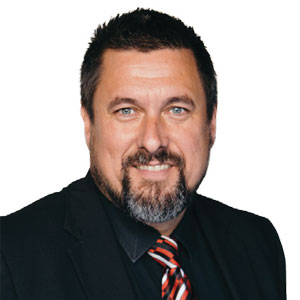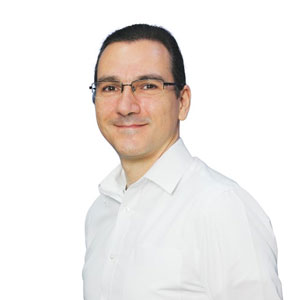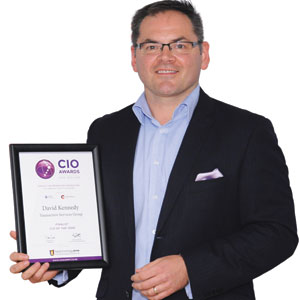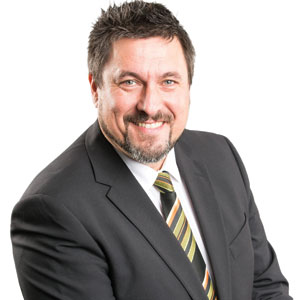THANK YOU FOR SUBSCRIBING
The population of Auckland, New Zealand’s largest city is currently around 1.7 million residents. According to projections by Stats NZ, Auckland’s population is expected to rise to 2 million by the early next decade. This growth is driven by a combination of net migration and natural increase (more births than deaths). The medium-growth projection suggests that Auckland’s population could expand by another 300,000 people by 2033, which averages to about 60 extra people every day or 1,900 a month.
What does this mean for Auckland Transport (AT), which provides a range of services to its citizens and visitors to Auckland, and how does it really contribute to a smart city?
Let’s start with the core functions:
1. Transport Services and Infrastructure:• AT’s responsibilities include designing, building, and maintaining roads (excluding state highways), footpaths, cycling infrastructure, ferry wharves, cycleways, and walkways. • Parking services and parking infrastructure, such as parking and rides.
2. Public Transport Planning and Operations:• AT plans, funds, and manages bus, train, and ferry services. • Smart ticketing systems, real-time tracking, and scheduling are part of AT’s efforts to enhance the travel experience for commuters.
3. Road Safety and Community Initiatives:• AT coordinates road safety programs and community transport initiatives. • Comprehensive, city-wide CCTV analysis and enforcement
4. Sustainable Mobility:• AT promotes sustainable modes of transport, including cycling, walking, and electric vehicles.
5. Collaboration and Partnerships:• AT works closely with local and central government, private companies, and citizens to fund, design, and operate the services.
Auckland, like many other cities, faces a number of problems, including significant congestion at peak times, and that the city is renewing a lot of in ground old infrastructure, as well as redeveloping large parts of the cities into higher density housing–and all this work contributes to congestion on the transport network.
AT has a great handle on its traffic flows and traffic and pedestrian counts and can manage the network in real time. However, as we go forward, we are now experiencing priority congestion in many areas, such as what comes first at an intersection: allowing pedestrians to cross or allowing traffic to flow. Allowing traffic to flow enhances the public transport experience as the bus fleet and travel time is directly impacted. Solving these issues leads to sustainability and reduced carbon emissions, which contributes to the city’s overall health.
Nothing is in isolation, and to be a smart city going forward, the combination of all the factors and being able to predict with some accuracy will be important, not just for transport planning, but to enable customers to make their own choices based on a range of differing factors.
Allowing traffic to flow enhances the public transport experience as the bus fleet and travel time are directly impacted.’
So, a key problem that Auckland Transport is trying to solve now using AI is how to optimize the entire experience holistically across entire transport corridors. Attracting more people onto Auckland’s public transport network is a key goal; however, in a city where cross-town travel is essential for large numbers of people for shopping, sports, and recreational activities, using public transport with multiple connections and longer travel times is still a barrier.
Understanding the differing travel patterns that occur as a result of events, weekends, and school holidays and being able to model these and adapt the transport network to optimize the experiences will become more important. Modeling these in a digital twin and then enabling real-time optimization and interventions will be the next challenge to overcome.
Digital twins are an obvious answer to help solve these issues. However, it is interesting that in our research, we have found little has been done to solve this issue, but everybody is happy to help, for a price. We have not found solutions that can solve the complex use cases. Most are good at displaying past and current information and highlighting where an issue may arise in the next period. AT has been actively exploring digital twin use cases targeting the optimization of traffic lights across multiple complex transport corridors, including prioritization for public transport buses; this is in its initial stages.
Weekly Brief
I agree We use cookies on this website to enhance your user experience. By clicking any link on this page you are giving your consent for us to set cookies. More info
Read Also














